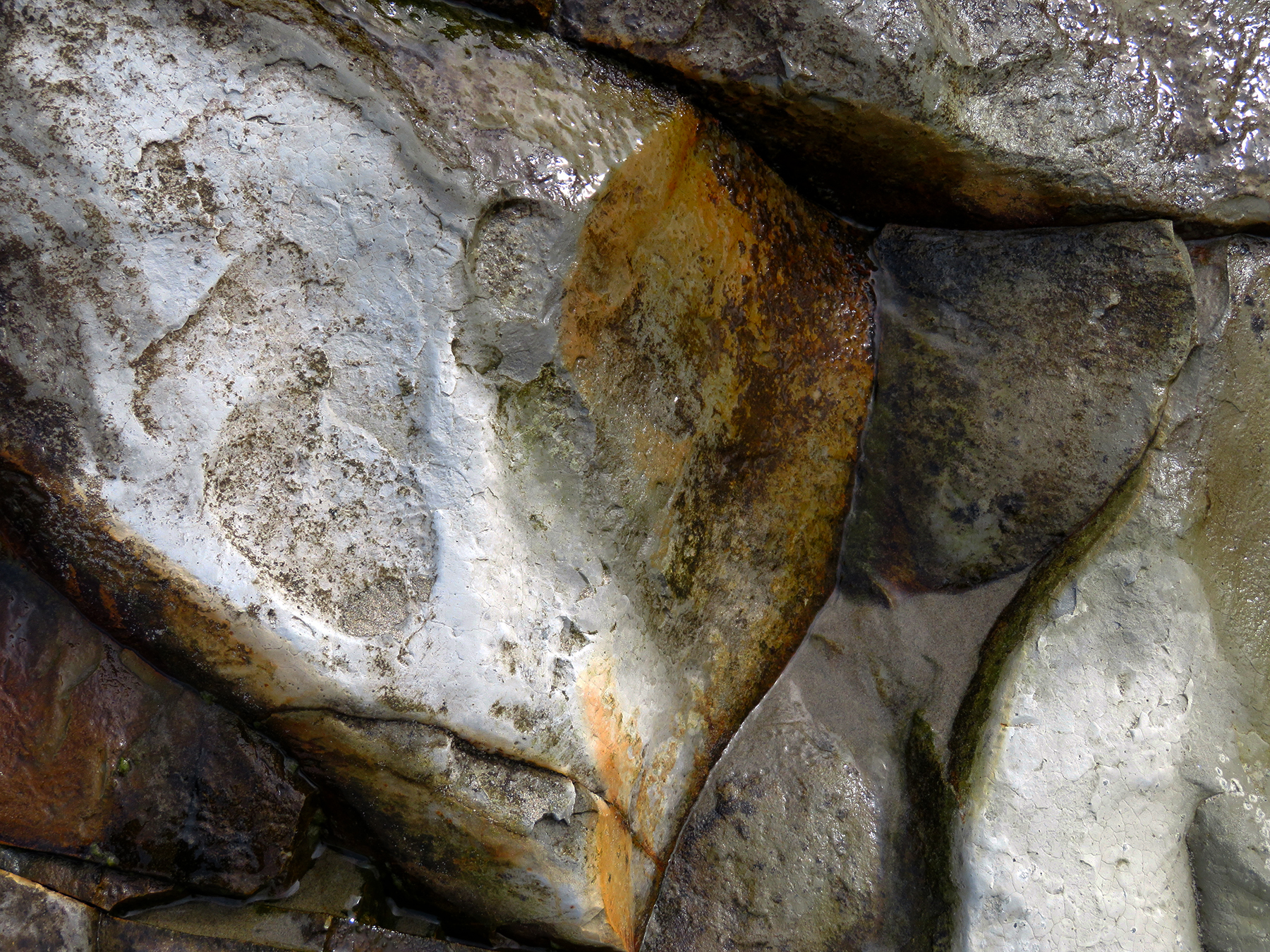Last year the Centre Pompidou did a retrospective of Victor Vasarely’s life works, titled Le Partage Des Formes, Shared Forms. I only read about it, but the title stuck in my head. It probably referred to the repetitive, grouped forms in his paintings. I, on the other hand, often see forms in nature which remind me of abstract art, and I always wonder what unconscious influence is extended by having been exposed to these patterns across a life time. Art offering its share of nature.

As a little exercise, then, I tried to come up with photographs I took on my walks and match them up with art works that they reminded me of. I’ve added a short description of the painter’s life, keeping us as far away from discussion of politics as possible. I think it helps to look at something beautiful, just to keep our spirits up.


Vasarely’s work might, in individual instances, fit the bill for today’s nature photographs, but overall his op-art paintings are just too regular and bent towards creating visual illusions. Someone else, however, hits the jack pot: Georges Braque.



Born in 1882 in France, he was a trained as a house painter, but interested enough in fine art that he pursued an education. Originally influenced by Fauvism, he soon struck up a friendship with Picasso. (In his own words, they were tied together for some time like mountain climbers on a rope.) The two revolutionized painting by developing Cubism in parallel. The first, Analytical phase of Cubism was dominated by slab volumes, somber colouring, and warped perspective.
“The colours are brown, gray, and green, the pictorial space is almost flat, viewpoints and light sources are multiplied, contours are broken, volumes are often transparent, and facets are turned into apparently illogical simultaneous views.”
Exactly the kind of view of sandstone and basalt cliffs when you inspect them closely.


Braque became famous and well-to-do during his life time. He served in WW I with distinction, incurring a serious head wound that required multiple surgeries and months of recuperation. He had but one wife, and eventually separated from Picasso who chose a very different path. He died in 1963, with the last years of his life devoted to more figurative painting and subjects of Greek mythology.


Of particular interest to me is his development of collage work; he was one of the first to add paper and other substances to his paintings in his later career. He wrote much about the fact that paintings should no just be the representation of an anecdote, but an independent object. That is the inherent joy for me, of course, when I make montages: creating something that is in itself new and non-existent in reality from something as reality-based as possible: photographs. A representational illusion.
Here, however, is the representation of the real thing!

And here is the website of contemporary Oregon artist Lee Musgrave, who has a penchant for echoing nature in his abstract art or find abstraction in nature, depending on where and when the muse strikes him.
Music today is a 1917 ballet with cubist influence, Parade, composed by Eric Satie for a one-act scenario by Jean Cocteau, original costume design by Picasso. For the overlapping fragments, Satie uses jazz elements, a whistle, siren, and typewriter in his score.
For something a little bit more melodious: Here are the piano works.






Lee Musgrave
Wow, this is a wonderful topic and I especially like the last part. Thank you for thinking of me generously including my website.
sis
I hadn’t gotten to this yesterday…. It’s a great posting, including “the real thing.”